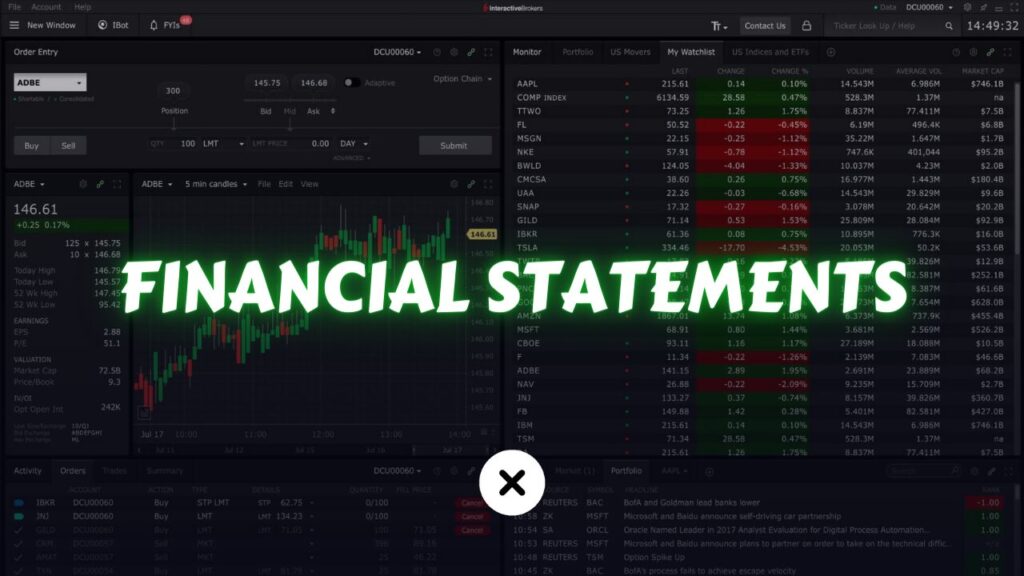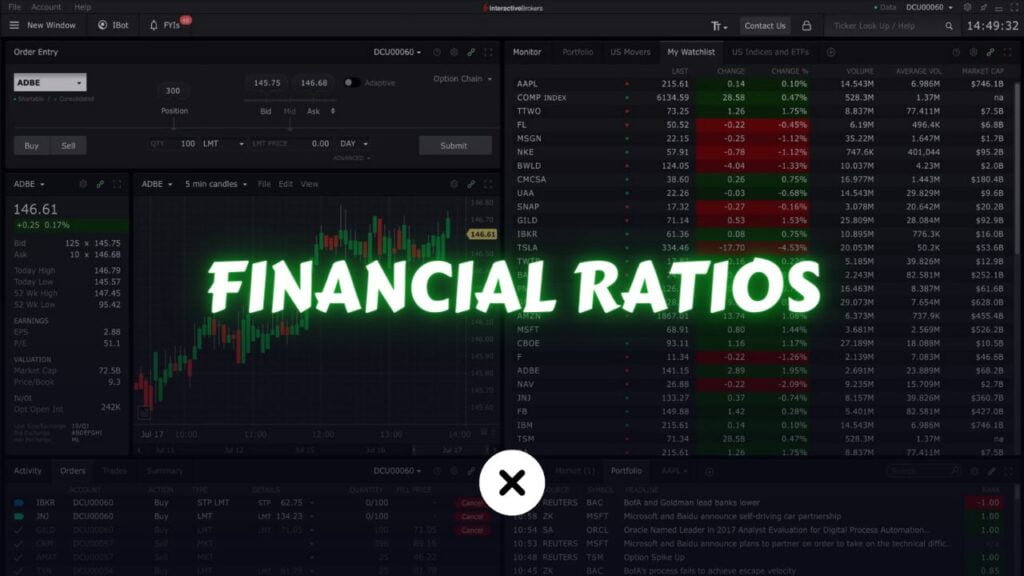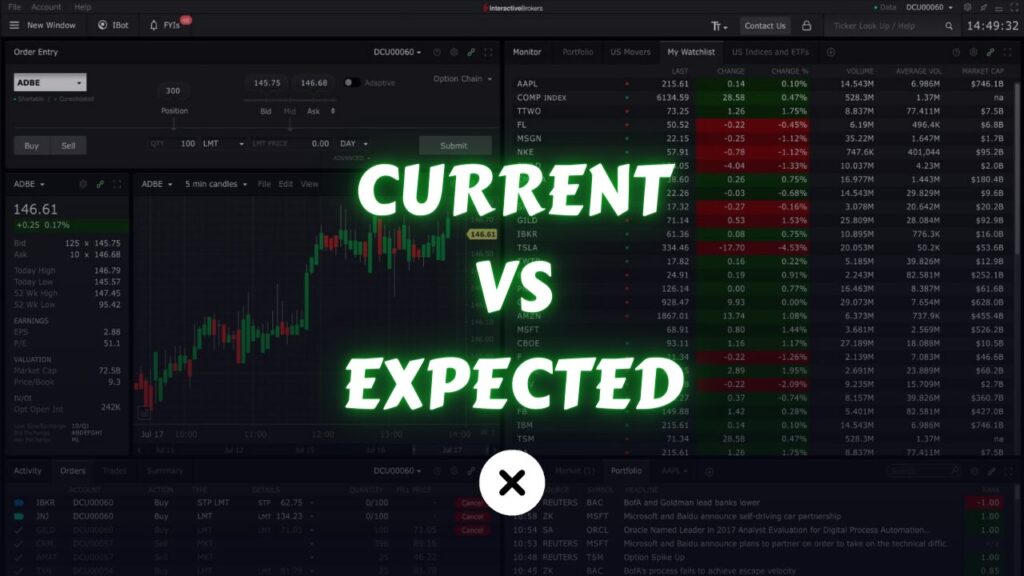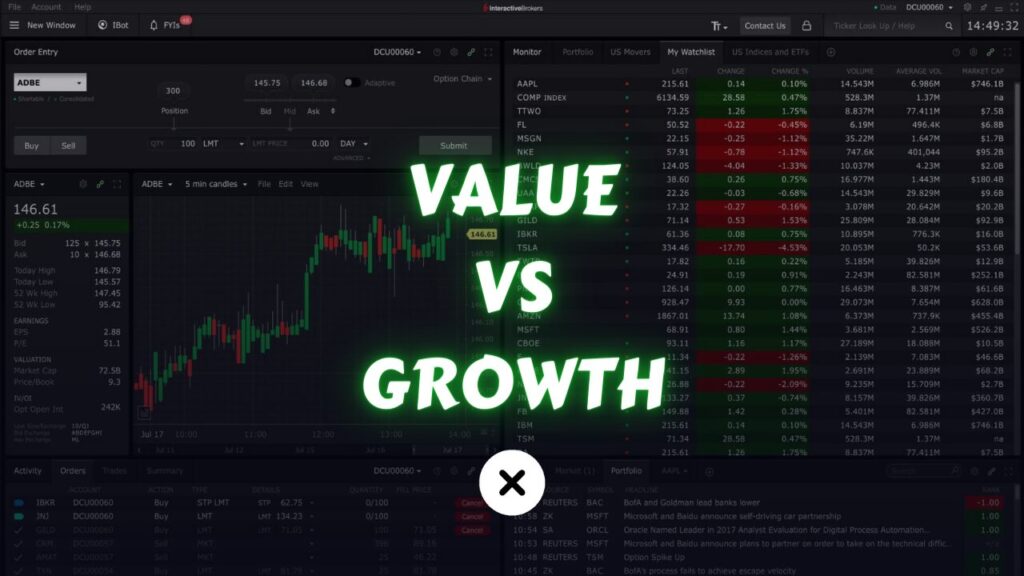
Inflation is a fundamental concept in economics that profoundly influences various aspects of our lives, from the prices we pay for goods and services to the decisions made by policymakers and investors. In this article, we’ll delve into the details of what is inflation, causes, types, effects, and how to measures it.
What is Inflation?
Inflation refers to the general increase in the price level of goods and services in an economy over a period of time. When inflation occurs, each unit of currency (such as a dollar or euro) buys fewer goods and services than it did previously. In other words, your money’s purchasing power decreases as prices rise.
You might have noticed that as you get older, things seem to cost more. For example, if you think back 20 years ago, buying a house was much cheaper than it is now. As time goes on, almost everything gets more expensive, and this is because of inflation.
Causes of Inflation
Demand-Pull Inflation: This occurs when demand for goods and services exceeds their supply, leading to upward pressure on prices. Factors such as strong consumer spending, expansionary monetary policies, or fiscal stimulus measures can contribute to demand-pull inflation.
Cost-Push Inflation: Cost-push inflation arises from an increase in production costs, such as wages or raw materials. When businesses face higher costs, they may pass them on to consumers through higher prices, thereby driving inflation.
Built-In Inflation: Also known as wage-price spiral, built-in inflation occurs when workers demand higher wages to keep up with rising prices. As wages increase, businesses raise prices to maintain profitability, leading to a cycle of wage and price increases.
Monetary Factors: Inflation can be fueled by excessive money supply growth relative to the economy’s capacity to produce goods and services. Central banks play a crucial role in controlling inflation through monetary policy measures, such as adjusting interest rates or regulating the money supply.
Types of Inflation
Moderate Inflation: Mild and manageable inflation, typically in the range of 2-3% annually, is often considered beneficial for the economy, as it encourages spending and investment while preventing deflationary pressures.
Hyperinflation: Extreme and uncontrollable inflation, characterized by rapid and excessive price increases, often exceeding 50% per month. Hyperinflation erodes the value of money rapidly, leading to economic instability and social upheaval.
Stagflation: Stagflation refers to a situation where high inflation coincides with stagnant economic growth and high unemployment. This scenario poses challenges for policymakers, as traditional measures to combat inflation, such as tightening monetary policy, may exacerbate unemployment.
Effects of Inflation
Purchasing Power Erosion: Inflation reduces the purchasing power of money, meaning that consumers can buy fewer goods and services with the same amount of currency. This erodes savings and lowers the standard of living, especially for fixed-income earners.
Uncertainty and Planning Challenges: High or unpredictable inflation rates create uncertainty for businesses, investors, and consumers, making it difficult to plan for the future. Long-term investment decisions and financial planning become more challenging in inflationary environments.
Redistribution of Income and Wealth: Inflation can redistribute income and wealth within society. Debtors benefit from inflation, as they can repay loans with money that is worth less than when they borrowed it. Conversely, savers and creditors lose purchasing power as the value of their assets declines.
Interest Rates and Investment: Inflation influences interest rates, with central banks raising rates to combat high inflation and lowering them to stimulate economic activity during periods of low inflation or deflation. Changes in interest rates affect borrowing costs, investment decisions, and asset prices.
Measuring Inflation
Consumer Price Index (CPI): CPI tracks the average change in prices paid by urban consumers for a basket of goods and services, representing inflation’s impact on households’ cost of living.
Producer Price Index (PPI): PPI measures the average change in prices received by producers for their output, reflecting inflationary pressures at the wholesale level.
GDP Deflator: The GDP deflator compares the current level of nominal GDP to the real GDP, adjusting for changes in price levels over time. It provides a broad measure of inflation across the entire economy.
You can check this link for US CPI.
In the United States and Canada, the usual inflation rate is approximately 2%, which is the targeted level set by the government. They aim to maintain this 2% inflation rate through a combination of monetary and fiscal policy measures, a strategy often referred to as “target inflation.”
Inflation is beneficial for maintaining a stable economy, which is why governments establish annual target inflation rates.
The problem with inflation is that if you don’t spend your money soon, it becomes worth less over time. This happens because prices usually go up by around 2% each year, assuming inflation stays at that level, but it could be even higher.
Example:
Imagine you have $10,000 right now, and with that money, you can buy quite a lot of stuff. But if you keep it hidden away for 10 or 15 years and then decide to use it, you’ll find that this $10,000 won’t buy you as much as it did before. Over time, everything becomes more expensive.
Because of inflation, it’s not a good idea to keep all your money in cash, as its buying power decreases slowly over time. So, cash isn’t the best choice for long-term investments. While cash is good for short-term needs because it’s stable and easy to get to, it doesn’t do well if you’re looking to invest for a long time.
Many people might not understand this because cash doesn’t have much volatility. For example, if you keep cash, it might lose about 2% of its value each year. But if you look at stocks, they could drop by half in just one year if the stock market crashes. That’s why people see stocks and other investments as risky—they can lose a lot of value quickly. But when you look at stocks over a longer time, historically, they usually grow in value. On the other hand, if you look at cash over a long time, it usually loses value.

If you think you’ll need money in the next year or few years, it’s smart to have cash on hand instead of stocks, which can go up and down a lot. But if you plan to keep money for as long as 20 years, it’s not a good idea to keep it in cash. Instead, you should think about investing it in things that could go up in value and keep your buying power strong over time.
Because of inflation, there are two important things we should do. First, we should put our money into investments that do better than inflation, so we end up with more money than we lose to inflation. This helps us keep our buying power. Second, we aim not just to keep our buying power but to make it even stronger by earning more than inflation. This means our money grows over time and we can afford more things.
You should at least try to make as much money as inflation each year. If you don’t, it means your real income is going down each year because you’re earning the same amount of money while things are getting more expensive.
In really extreme cases, inflation can turn into hyperinflation, where prices go up like crazy and nobody can control it. This can cause big problems for the economy and society because money loses its value so fast that people might stop trusting the currency.
What is Disinflation?
Disinflation refers to a situation in which the rate of inflation (the increase in the general price level) is decreasing.
In other words, prices are still rising, but at a slower rate than before. Disinflation means that the economy is experiencing lower inflation than in the past, but it doesn’t necessarily indicate a decrease in prices or a negative inflation rate.
It’s a milder form of inflation that might be considered more manageable by central banks and policymakers.
What is Deflation?
Deflation, on the other hand, is a situation in which there is a sustained decrease in the general price level within an economy.
This means that prices are falling, and it is often accompanied by a decrease in consumer spending and economic activity.
Deflation can be problematic for an economy because it can lead to a downward spiral where falling prices lead to reduced consumer spending, which in turn causes businesses to cut production and jobs, further depressing demand and prices.
Conclusion
Inflation is a complex economic phenomenon with far-reaching implications for individuals, businesses, and policymakers. By understanding its causes, types, effects, and measurement methods, stakeholders can better navigate its impact on the economy and make informed decisions to mitigate its adverse effects. While moderate inflation is considered a normal feature of healthy economies, policymakers strive to maintain price stability to ensure sustainable economic growth and stability over the long term.



